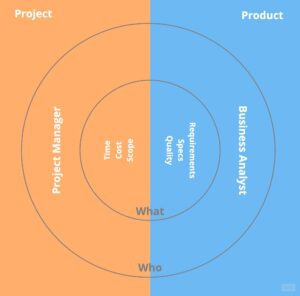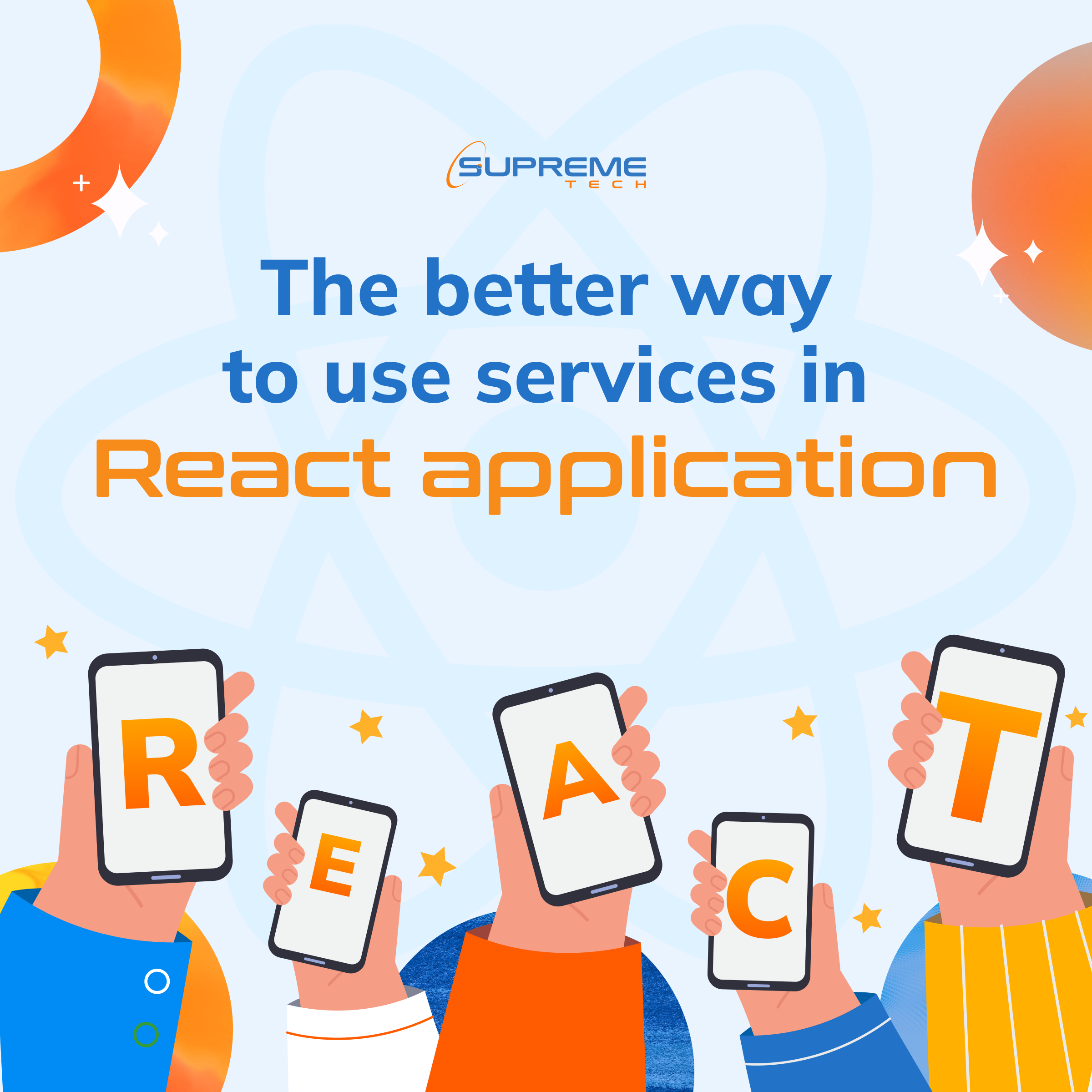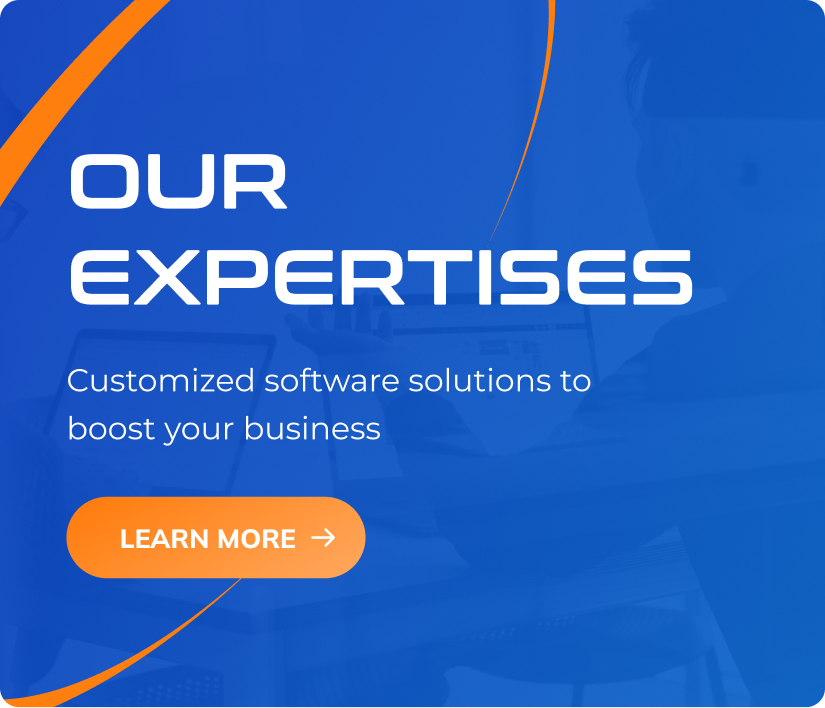How to Step Out of the “Forwarder” Shadow?
31/10/2025
16
Table of Contents
Have you ever, as a Comtor or Business Analyst (BA), felt like… a messenger?
Every time the client asks something, you turn to the team, copy their answer, translate it, and send it back — just passing messages instead of actually owning the conversation.
At SupremeTech, our BA team jokingly calls this role the “Professional Forwarder.” Through many “lost in translation” moments, we’ve learned valuable lessons on how to step out of that shadow — to become real connectors between the client and the team.
Let’s hear from our BA team as they share practical tips to help you move beyond being a “forwarder” drawn directly from real project experience.

Signs You Might Be Forwarding Too Much
1. The classic line:
“Let me check with the team.”
It’s not wrong — but if you’re saying it too often, it might mean you don’t fully understand the issue.
2. Lack of confidence in meetings:
Many new BAs struggle with open-ended questions. When you don’t fully understand the product, you can’t confidently answer questions from both the client and your internal team. The PM asks about progress, you look at the Sprint Backlog full of numbers — and still don’t know where to start.
3. Avoiding technical talk:
The moment you hear technical terms, you “pass the ball” to the PTL — without really understanding what’s being discussed.
3 Steps to Escape the “Forwarder Manager” Role
So, how can you move from being a Forwarder to becoming a true communicator — someone who understands, connects, and leads discussions effectively?
Here are three simple but powerful steps you can start practicing right away:
1. Before Forwarding, Ask Yourself:
- Do I understand at least 70% of this content?
- Have I tried to reproduce the bug, test the feature in the DEV environment, or explore the possible cause myself?
- If I were the dev/tester receiving this message, would I have enough context to understand it?
- Can I classify the issue — is it about UI/UX, logic, data, or business flow?
- Can I try to answer part of it first, then confirm later?
👉 This habit helps you learn something new every day, instead of just finishing tasks every day.
2. In Every Meeting – Observe and Lead
- What is the team really discussing? Do I understand the big picture?
- If the conversation is technical, how does it relate to the overall context?
- Is anyone confused? Can I help clarify?
If you find yourself unsure about all three — take notes, take notes, and take notes.
Meeting minutes and your own notes will help you retain details and follow up later for deeper understanding.
3. Build Strong Foundations
Whether you’re a Comtor, BA, or PO, a solid foundation in product knowledge, business logic, and basic technical understanding helps you make better decisions — and lead your team effectively.
Don’t get stuck thinking “that’s not my task.” Instead, learn actively by:
- Reading about technical keywords used in your project.
- Redrawing the business flow yourself to truly understand it.
- Asking devs, QCs, PTLs, and clients for their perspectives.
- Finding a technical advisor who can review your understanding and answer your tech-related questions.
Every time you’re about to forward a message, pause for a minute — dig a little deeper.
Each pause adds to your knowledge and analytical mindset.
These small daily efforts will sharpen your skills and confidence — helping you grow not only as a professional BA, but also as a potential Project Leader who truly adds value to the team.
Related Blog


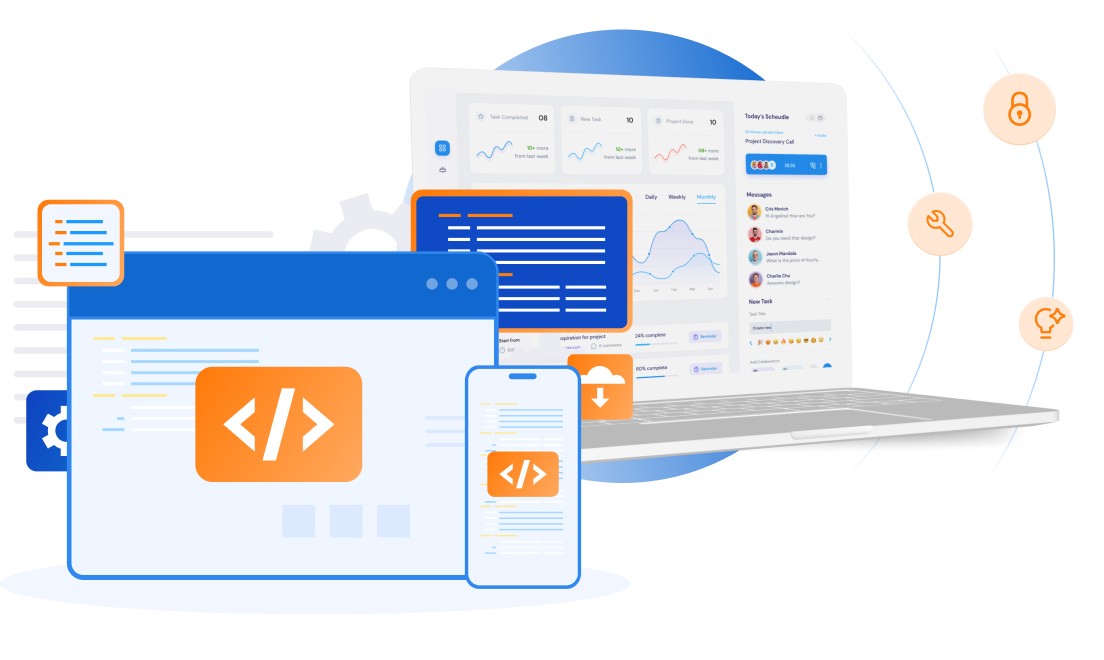

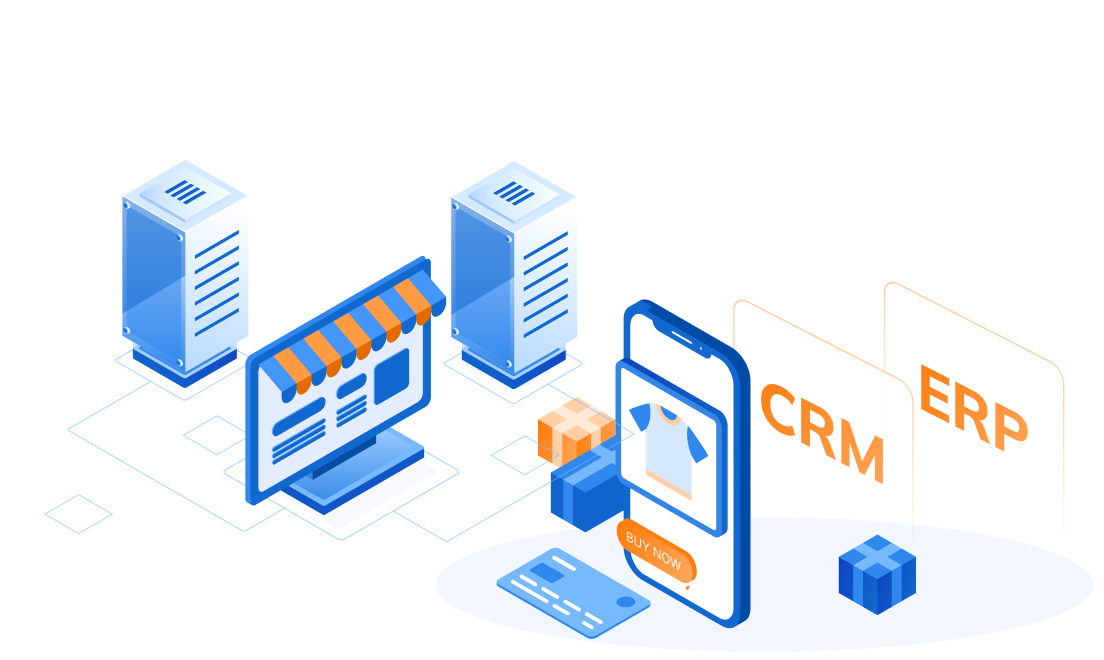
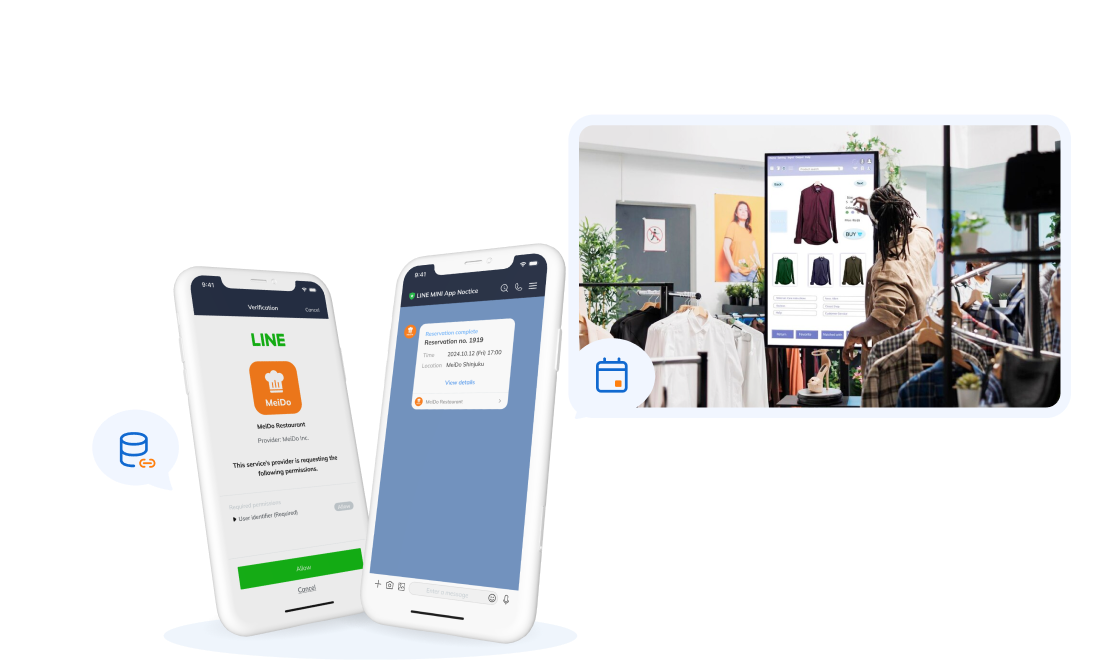

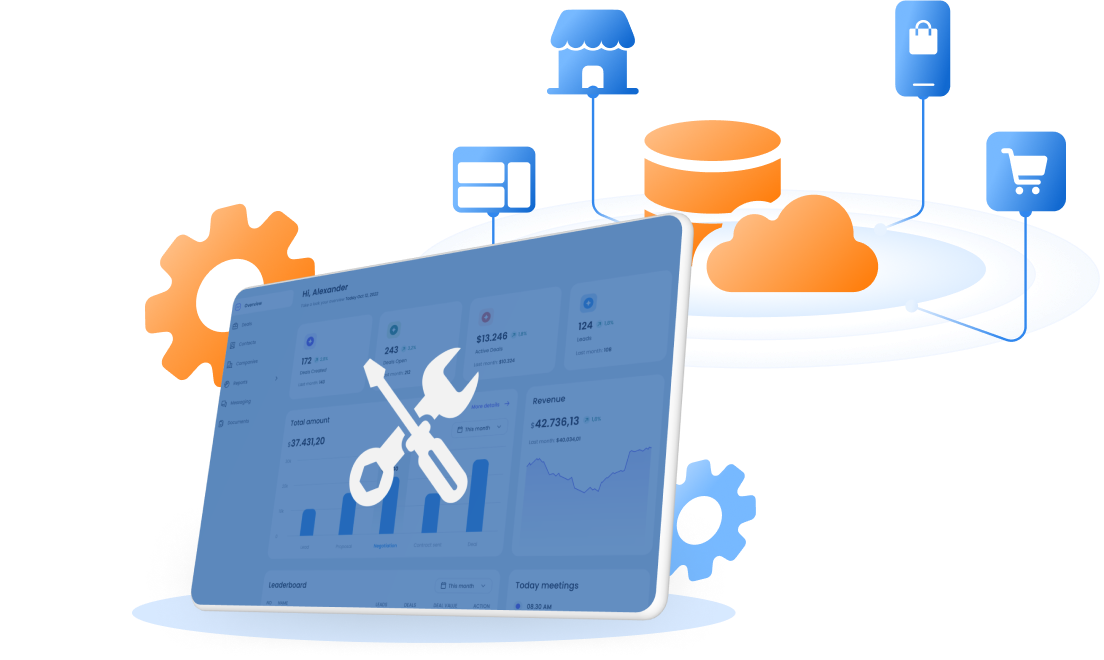
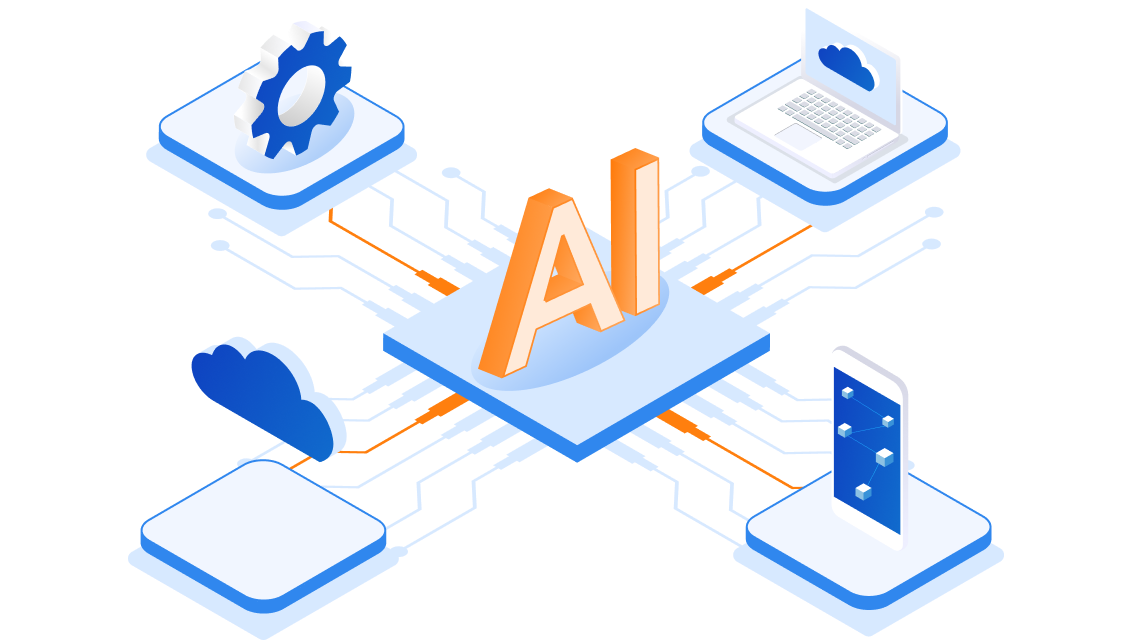

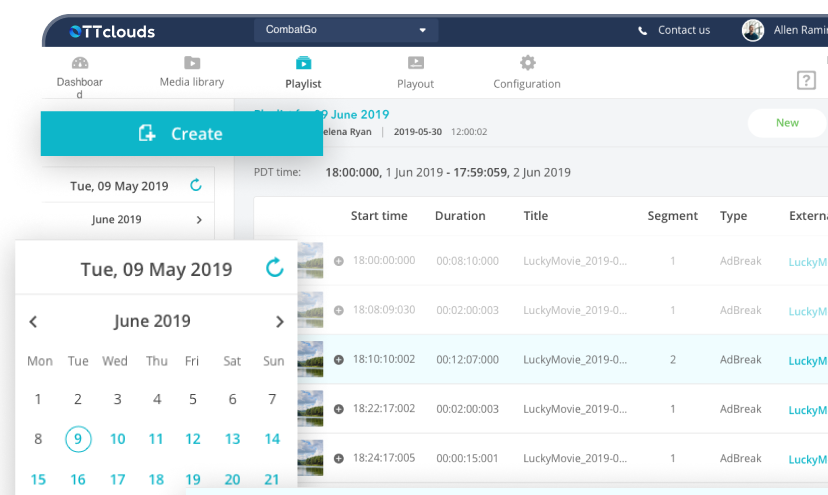
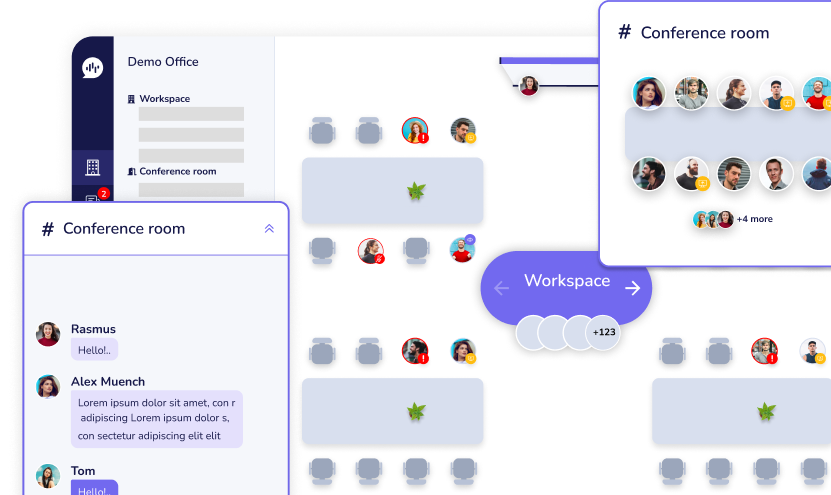
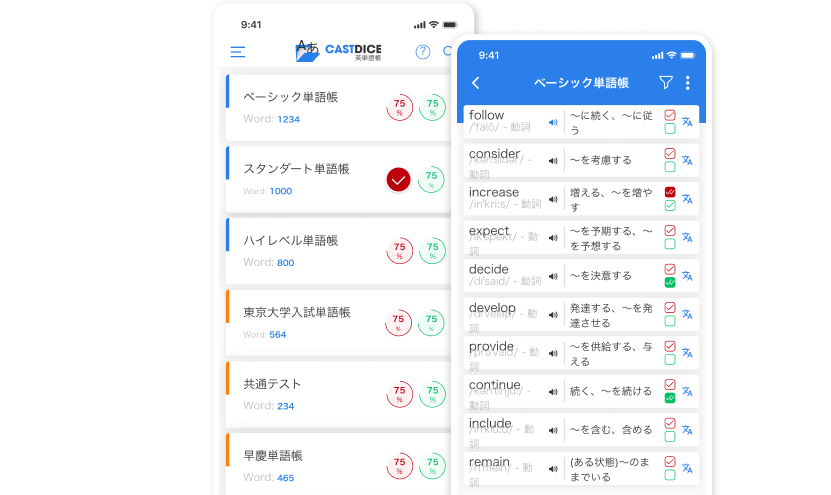
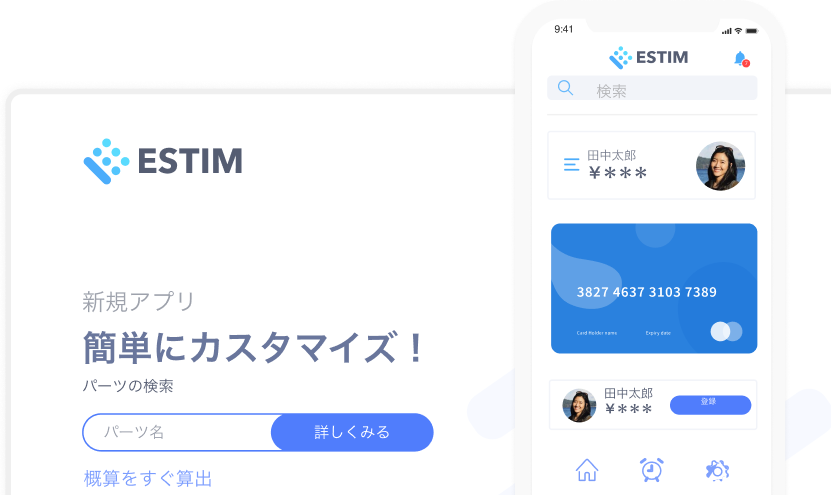

![1 [BA Series] The story of a BA – My journey into the field](https://www.supremetech.vn/wp-content/uploads/2025/10/Thumbnail-2-1-300x169.jpg)
